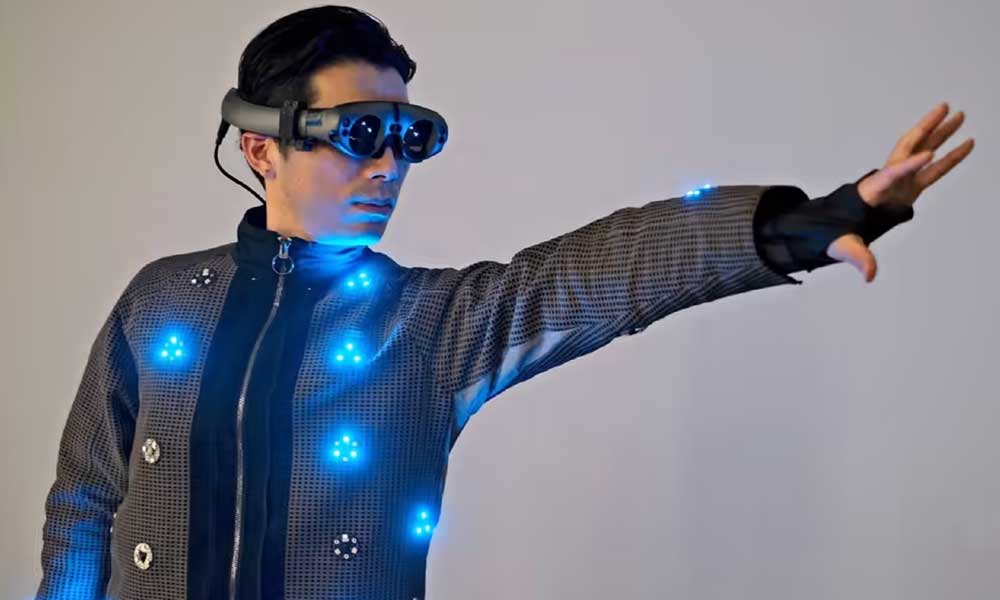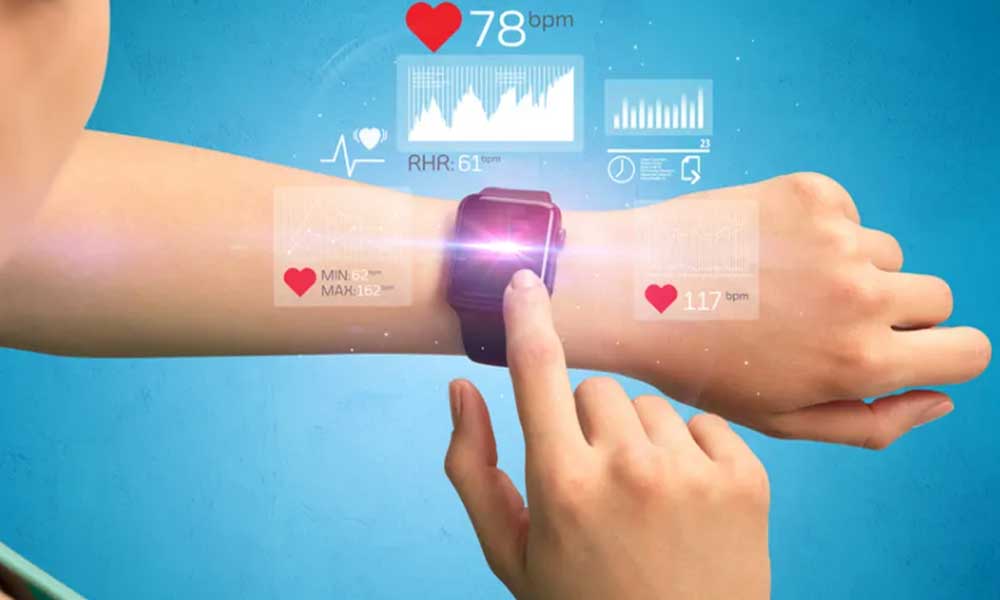Introduction
As technology advances, so should your personal security. Wearable devices — including watches, bracelets and smart safety systems — offer enhanced protection for individuals and families in a variety of settings.
But with so many different gadgets available, how can you make sure you’re getting the right one? In this article, we’ll be exploring the ins and outs of wearable security technology, helping you to make an informed decision on which device is right for you. We will also discuss ways to leverage this technology for improved situational awareness and general safety on a daily basis. By the end, you’ll have a better understanding of how wearable technology can help keep you safe in today’s complex world.
What Is Wearable Technology?
If you’re looking to upgrade your security and take better precautions for your safety, wearable technology may be the way to go. Wearable technology is any device designed to be worn on the user’s body, embedded in clothing or accessories.
Some of the most popular types of wearable technology include smartwatches and smartglasses. Smartwatches are watches that provide more than just time-telling—they can do things like track steps taken and heart rate, monitor sleep patterns and even provide notifications from your phone. On the other hand, there are smartglasses: devices designed to be worn like glasses but with additional features that track eye movements, detect motion and provide a virtual reality experience.
Additionally, wearable devices are used for tracking, analyzing and transmitting data that can improve business operations and personal safety. For example, they can track facial expressions, identify objects within a certain environment and detect health issues before they arise. No matter what you need it for, they offer a wide range of options to meet your security needs.

Applications of Wearable Security Technology
Now that you know the basics of wearable security technology, you may be wondering how it is being used to improve safety. Wearable technology can be used for multiple purposes related to personal security, such as proximity detection, alert systems, and more.
For example, fitness trackers are often leveraged to monitor exercise and provide feedback on goals. However, they can also be used in a proactive way to aid in safety or emergency response. Smartwatches can notify users of potential risks in the area or detect when an individual is beyond a set boundary. In addition, body sensors can be worn for motion control and to notify authorities if an individual is in distress or has suffered a fall.
When examining your options for wearable technology for personal security, reliability and security properties should always be vetted carefully. As technology continues to evolve and new applications are identified, it’s important that these devices are equipped with the latest protection measures for your safety.
Investigating Common Types of Wearable Security Devices
Let’s take a look at the common types of wearable security devices available. These include items such as:
- Smartwatches: These usually have sensors to record vital signs and health information, such as heart rate, steps taken, and sleep patterns. Additionally, they can be used to make calls or send text messages.
- Smartglasses: These are electronic glasses that allow you to access notifications, take photos, and even monitor your environment for potential hazards.
- Fitness trackers: These are small devices that you wear on your body which can measure distances traveled, calories burned, and other fitness information.
- Smart clothing: This type of wearable technology is embedded in clothing so that you can monitor your health or environment with ease. Examples include smart jackets that monitor temperature and humidity levels.
- Implantables: These are small microchips implanted under the skin which can be used to store medical records or monitor vital signs.
By understanding the different types of wearable security devices available today, you will be better equipped to make an informed decision about what type of device best suits your needs.

How to Choose a Personal Safety Alarm
When it comes to personal safety alarms, it’s important to consider a few factors before making a purchase decision. To ensure maximum effectiveness and portability, you’ll want to look for a product that fits your needs. Here are some of the elements you should keep in mind when selecting the right wearable device:
- Size: Whether it’s in your pocket or strapped to your wrist, you’ll want to pick something that’s small enough that you will be comfortable carrying with you at all times.
- Features: Think about if there are any other options you’d like besides sound alarm output—most models come with additional features like GPS tracking and remote notifications for added security and protection.
- Battery Life: You’ll need to check how long the battery lasts, so that you know how often you (or the people around you) will need to charge it up again.
- Portability: Make sure the device is light enough that it’s easy for you transport from place-to-place without putting too much strain on your body.
By considering these four factors when looking for a personal safety alarm, you can be sure to find something that works best for your specific needs and lifestyle.
Benefits and Drawbacks of Using Wearable Security Devices
But you may be wondering—what are the benefits and drawbacks to using wearable security devices? Let’s take a look at both.
First, let’s talk benefits.
Increased Productivity
With tech like smartwatches, you can get notifications for emails and messages straight on your wrist. By cutting out the time it takes for your phone to boot up, you can save precious minutes—combined together it’s hours more in productivity every day! And with a fitness tracker, you don’t need to carry around your phone while on your morning run or gym session—you can just strap it on and get moving.
Better Sleep Quality & Stress Management
Wearable technology can track sleep patterns, which is useful if you need help ensuring that you’re getting enough rest. Additionally, wearable stress sensors will alert users when their breathing rate is becoming erratic or when their body temperature fluctuates, warning of an impending stressful situation.
Improved Safety & Security
The most obvious use for wearable tech is for improved safety and security, and there are plenty of apps available that offer geo-location tracking capabilities in case of emergency or simply provides users with a discrete way to contact first responders if they find themselves in danger.
Now let’s talk drawbacks.
One major downside with all these features is that they’re dependent on a reliable Internet connection and battery life. Without access to networks or power sources, these devices become useless—many models also need to be charged frequently, limiting their usage time for long trips outdoors or away from home. Additionally, such devices may limit mobility due to bulky design or constrictive straps which can make exercising uncomfortable; wearables may also invite unwanted attention

Considerations for Using Wearable Technology for Improved Personal Security
When it comes to security, wearable technology has the potential to be incredibly useful. But like with any technology that carries personal data, there are a few key considerations to bear in mind.
Uniquely identifiable and personal data
Wearable devices often contain sensitive information and data that can uniquely identify a person. This means that it’s important for device makers, software providers and users to understand the privacy and security implications of using wearables.
Prevent unauthorized access with device encryption
When it comes to encryption, most wearable devices offer different types of encryption depending on the sensitivity of the data that needs protecting. While this won’t stop a determined hacker from getting in, encryption can help minimize unauthorized access and protect user information from prying eyes.
Educate users about privacy and information security issues related to wearable devices
Finally, one of the most important considerations when using any kind of digital device is user education. It’s essential for users to learn about the privacy and security risks associated with wearables so they can make informed decisions when using them — whether it’s understanding who has access to their data or ensuring their passwords are secure.
Conclusion
Wearable technology can provide that extra layer of security for those living in high-threat environments, as well as for everyday personal safety. Whether it’s a basic GPS tracker or a more advanced personal alarm system, there are plenty of options available to help secure your safety and give you peace of mind.
When choosing a wearable device, it is important to consider how the device will be used, as well as its features and functionality, in order to ensure that it is well-equipped to meet your safety needs. Ultimately, wearable security devices can be an effective tool for increasing levels of personal security, and offer an additional layer of protection for those looking for peace of mind.






























